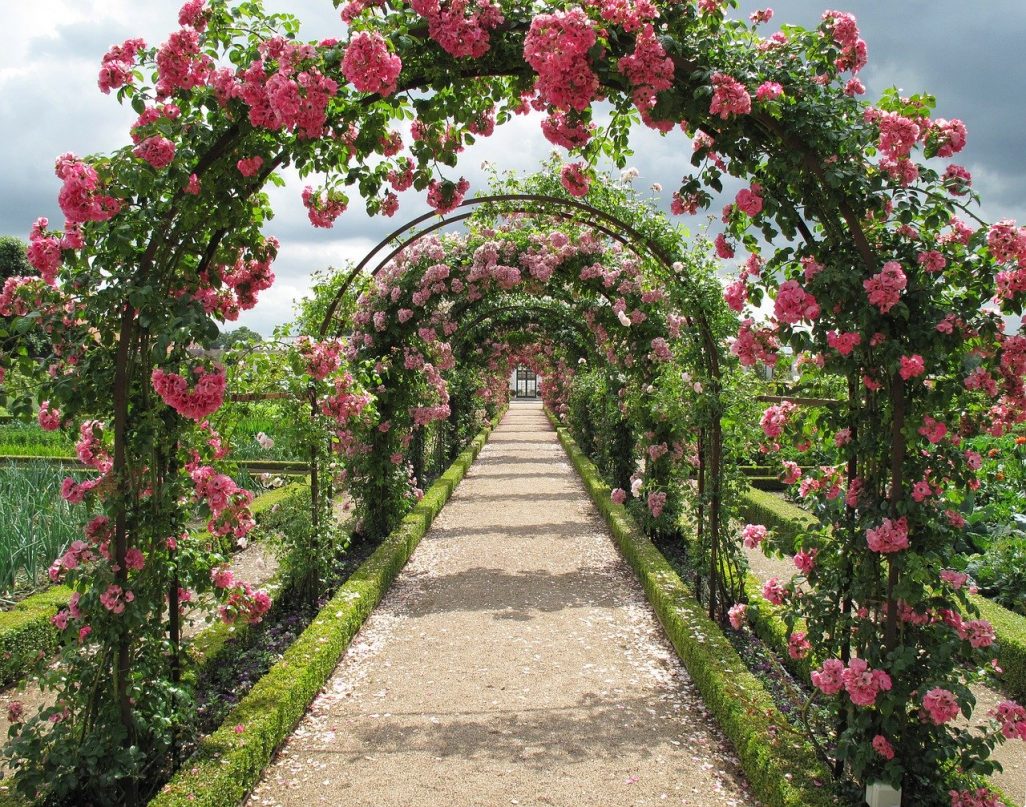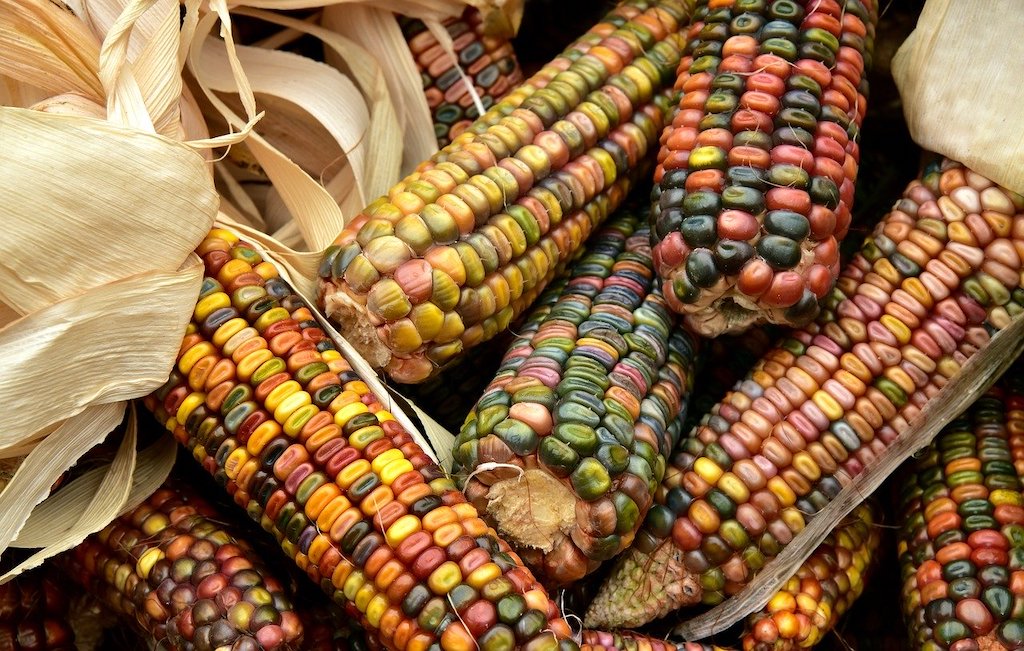
Plant Profile: Corn (Zea Maize)
Corn or Maize, the ‘staff of life’ of the Americas, hardly needs much of a description. Every child recognizes it and it is cultivated so abundantly that it can hardly be overlooked. What few people know, though, is that Corn is just an overambitious grass.
Corn is a giant among grasses. It can grow more than 2m high and covers vast stretches of land dominating rural landscapes. The sturdy, fibrous stalk with its characteristic broad angularly bent-over leaves is a familiar sight. The ears develop in the leaf axils. But they are so well covered by the outer sheathing (husks) that they can barely be seen, were it not for the tuft of ‘hair’, known as corn silk that protrudes from the top of the cobs.
Modern corn was first domesticated in Mexico. It is one of the earliest domesticated plants from the New World. Its wild genetic parents are two species of Teosinte (http://en.wikipedia.org/wiki/Teosinte). Today, at least five species of Teosinte exist, but it is not clear whether any of them has been a direct ancestor of our modern corn, or whether the original parent variety has since become extinct.
Although Teosinte resembles modern corn in many ways the differences between wild and domesticated species are quite distinct. Most notably, Teosinte’s cobs are tiny. Its seeds are hard and covered by a tough skin. When ripe, their ears break off and the seeds are released.
Domesticated corn has been bred to hold on to the ears and not to release its seeds voluntarily. In the process, modern domesticated corn has become entirely dependent on humans to sow their seeds. We don’t know exactly when corn first began to morph into the shape and size we know today, but the process must have started a very long time ago. The oldest archaeological record for domesticated corn comes from Guilá Naquitz Cave, near Mitla, which is located in the Valley of Oaxaca, Mexico. It is approximately 6250 years old.
Surprisingly, corn appears to have been known in Asia for much longer than is commonly assumed. It was long assumed that prior to Columbus there was no contact between the Old World and the New. Yet, archaeological findings from southern India and China that feature corn and other New World plants, seems to prove this theory wrong. Carl L. Johannessen stumbled across some very precise carvings at temples in the Karnataka region of India, which were built during the Hoysala Dynasty, between the 10th and 13th centuries.
Carl L. Johannessen and Anne Z. Parker, “Maize Ears Sculptured in 12th and 13th Century A.D. India as Indicators of Pre-Columbian Diffusion,” Economic Botany 43 , 1989, 164-80, argue that stone carvings of maize ears exist in at least three pre-Columbian Hoysala stone block temples near Mysore, Karnataka state, India.
Their article provides 16 photographs that show a few of the sculptures in question.https://www.asc.ohio-state.edu/mcculloch.2/arch/maize.html. The carvings are quite remarkably accurate. Not just one but many distinctive features of maize are represented as true to life as a record cast in stone. Yet, many scholars have found it difficult to accept the idea of pre-Columbian contact and have thus come up with their own alternative interpretations of these sculptures. None of them seems terribly convincing.
Corn hybridizes quite freely and innumerable varieties have been created since it was first domesticated. Today, corn comes in all shapes, sizes, colors, and textures: some predominantly starchy varieties, some soft, some hard, some sweet, some long, some short and round, some with large kernels, others with tiny ones, some blue, some white, some yellow or red and even glassy, multi-colored ones exist.
The variety appears sheer endless, yet only about five basic types of corn exist. The rest are variations of these basic types.
DENT CORN
The cobs of this type of corn are white to yellow. It is called ‘dented’ because the kernels become indented as the cob matures. This is the most commonly cultivated species as it is very versatile. Dent corn is used to produce oil, cereals, and flour, as well as animal feed. it is rich in cellulose which can be used to make biodegradable plastics and absorbent material for toiletries such as diapers, while the oil is used in cosmetics, soaps, skincare products, and more.
FLINT CORN
The cobs come in all colors and they shrink as they dry. This type of corn has very hard kernels and is used for similar purposes as Dent corn.
POPCORN
This type of corn is characterized by a hard outer skin and a soft, starchy center. This combination gives it its unique ‘pop-ability’.
SWEET or VEGETABLE CORN
This is everybody’s favorite type of corn. As the name suggests, it is high in sugar and deliciously succulent. It is the well-known ‘corn on the cob’ variety. Most of the carbohydrates in this type come in the form of sugars, which make it so tasty and sweet. It is best enjoyed fresh, as the sugars turn into starch if it is stored for too long.
WAXY CORN
This type of corn has starchy cobs with a waxy appearance. It is mainly used in the Far East for its tapioca-like starch. The food industry makes use of its stabilizing and thickening properties and as an emulsifier, e.g. for salad dressings. Other industrial uses include remoistening adhesives for gummed tape, in adhesives, and in the paper industry and as animal feed.
New varieties of corn are continuously bred. But today, these are born in the test tubes of biotech labs. Such modern cobs are not just hybrids but bio-engineered functional plant agents, designed to produce phytohormones and other substances of value to the pharmaceutical industry.
This type of enterprise is inherently dangerous as there is no way to protect people from inadvertently consuming this type of product. The germplasms of edible and bio-engineers varieties are kept in the same storage vaults, which risks accidental mixing. The germ-plasm bank for corn in Mexico has already been contaminated with genetically altered material. And time and again there are reports of non-approved, gene-manipulated types of corn that have entered the human food chain, often in the form of harmless-looking tortilla chips. These can cause severe and dangerous ‘allergic’ reactions in humans.
Corn is also at the center of another controversy: a considerable amount of corn is used to make ethanol as a bio-fuel. While we urgently need to find more environmentally friendly sustainable biofuel alternatives, we must also realize that they have their own environmental problems. Previously uncultivated land or even forest is turned over to agricultural production to fuel our cars.
In the course of its domestication, Corn has adapted so well to our human needs that it has given up its ability to reproduce independently. Natural fertilization still occurs, but corn depends on humans for all its nurture and care.
NIACIN DEFICIENCY AND NIXTAMALIZATION
Corn is very nutritious and supplies about 20% of the world’s food calories. However, a diet that is completely dominated by corn and corn products is deficient in niacin (vitamin B3). Niacin deficiency can result in serious physical health problems due to niacin deficiency. The condition is known as ‘Pellagra’, which is characterized by the ‘3 D’s’ – diarrhea, dermatitis, and dementia (some say 4 D’s and add ‘death’).
Interestingly, the lack of niacin in corn can be corrected by treating it with lye – a common practice among Native Americans. Such treatment results in a corn product known as hominy or Nixtamal. The process itself is referred to as nixtamalization (from the Nahuatl word ‘nixtamalli’, meaning ‘unformed corn dough’). This forms the basis of many corn products such as tamales, corn tortillas, and masa. The process removes the pericarp or outer skin of the kernel.
The process of nixtamalization also increases the bio-available amount of calcium by 75% – 85%, making it more easily digestible. Other minerals, such as iron, copper, and zinc are also increased. Nixtamalization also counteracts certain mycotoxins present in untreated corn. Fermentation of nixtamalized corn produces even more benefits: increased levels of riboflavin, protein, and niacin in addition to amino acids, such as tryptophan and lysine.
Unfortunately, the purpose of this alchemy was completely lost on the Spaniards, who took some corn back with them to Europe. They also introduced it to Africa, where it soon became an important food crop. However, the people who came to rely on it, but did not have the traditional knowledge to guide their use, soon became sick with pellagra symptoms. The importance of minerals and vitamins had yet to be discovered, so corn soon was eyed with suspicion. It earned a reputation as a poor man’s food that would prevent starvation, but it was not considered wholesome.
CREATION MYTHS
Native Americans of course continued to thrive on it. It is their most important staple food and it is closely tied to all kinds of spiritual traditions and practices.Throughout the Americas, corn is closely associated with various creation myths. According to theses myths it was the Corn God or Goddess him or herself who taught the people how to grow and prepare corn so it may sustain them.
The Mayans revered this God as Yam Kaax, described in the Popol Vuh, the Sacred Book of the Mayans. Corn is linked to the very genesis of creation itself, for when the Gods decided to shape the world, they made different kinds of corn brew, which were to provide vigor and substance to their creation. They formed the first man and the first woman from white and yellow corn masa, which they transmuted into human flesh and blood.
And so it is to this day – corn is part of every meal, whether as tortillas tamales or hominy or one or another type of brew. The Aztecs mixed corn starch and cocoa to make a brew known as ‘Atole’, a kind of original ‘hot chocolate’. However, this did not taste much like what we have enjoy as such. It was mixed with various spices including vanilla and chili. An alcoholic brew made from corn is known as ‘Chicha’. Originally, it was used as sacred brew for ritual purposes, but now it is served at any and all occasions, especially during fiestas.
According to a Peruvian story, only two men survived the primordial deluge. They learned about corn from the ‘Macaw Women’. Every day, when they returned home at night, they found a large vessel filled with Chicha in their house. This went on for some days until one day, one of the men decided to stay at home to watch and see who brought them the mysterious brew.
Soon after the other man had left, two red Macaws flew in, took off their feathers and revealed their female bodies, one an old hag, the other a young girl. At once they started to chew some corn and spitting it into the pot. Finally, they filled it with water. This describes the traditional method of preparing Chicha. The man, being the possessive type, jumped from his hiding place and grabbed one of the women by the hair – of course he caught the young one, while the old woman fled. Thus, he came into possession not only of the first corn seeds, which he duly planted, but also of a wife.
In Peru, corn was associated with the Sun, which in this myth are personified as solar Goddesses. Chicha thus represents the essence of the sun’s magical powers.
In the Americas, Corn silk, the familiar tassel of ‘hair’ at the end of the cob, was considered a valuable medicine. It is believed to support the organs of the lower abdomen and was used to treat a variety of conditions: constipation, diarrhea, urinary retention, bladder infection, as well as infertility, and menstrual pains. It was also used to tone the womb after childbirth.
Although cornsilk is not ‘official’ in most of today’s pharmacopoeias, except in China, herbalists still use it to cleanse the urinary system, and to flush out kidney and bladder sand and gravel. Corn silk is considered a cleansing herb, that can eliminate toxins and thus purify the blood. Thanks to its diuretic effect it can also reduce an elevated blood pressure.
The Mayans considered their sacred plant a medicinal food – when suffering from severe illness they would eliminate all other foods from the diet and let corn alone nurture the person back to health. Mythology becomes reality – the corn reconstituted the patient’s flesh and blood just as in the ancient origin myth.

Medicinal Uses:
Part used: Corn Silk, the silky ‘hair’ at the end of and surrounding the cob.
Constituents: allantoin, sterols, saponins, hordenine, plant acids, Vitamins C and K
Action: diuretic, demulcent, tonic,
Indications:
Corn silk is a valuable remedy, both, by itself or as an adjunct to other herbs. It can be used to treat afflictions of the genitourinary system. It is particularly helpful when it comes to alleviating the stinging pain of cystitis. The diuretic action also helps to flush out small urinary gravel and sand. In conditions such as prostatitis, it relieves fluid retention and reduces the frequent urge to urinate. The diuretic effect also lowers the blood pressure.
Native Americans have also used it to treat infertility and menstrual pain. Applied externally, the fresh corn silk can be used to clean wounds. For bacterial bladder infections it is best used in conjunction with an antiseptic herb, such as Uva Ursi or Boldo leaves. Cornsilk also seems to have an indirect effect on the liver, as it increases the flow of bile. This may explain the traditional indigenous use of this herb in the treatment of gallbladder stones. Increased bile flow also improves digestion and absorption of nutrients from the intestines.
Corn Recipes
Green Chili Corn Bread
- 1 cup of buttermilk
- ½ teaspoon of baking soda
- 2 teaspoons of baking powder
- 2 eggs, well beaten
- ¼ cup of flour
- 1 cup of yellow corn meal
- ¼ cup of vegetable oil
- 1 medium onion, chopped
- 4-ounce can of chopped green chillies (or fresh)
- 1/2 cup of Cheddar cheese, shredded
- 8-ounce can of creamed corn
Mix all together. Pour into well-greased 9 x 9 inch pan. Bake at 350ºF. for 1 hour.
Blue Corn Dumplings
- 1 cup Juniper Ash Water — (See below)
- 3 ½ cups Water
- 6 cups Blue Corn Meal
- Salt to taste
Boil the water.
Add the juniper water and salt.
Add corn meal and knead until soft.
Shape into small balls and drop into the boiling water. Cook for about 15-20 minutes. Remove and drain.
Serving Ideas : good with stews and hearty soups.
The Hopi form round dumplings in the winter and flat ones in the summer to ward off bad weather.
Juniper Ash Water
- 2 tablespoons Juniper Ash
- 1 cup Water
Snip off the tips of several juniper twigs and place them on a fine meshed metal screen. The twigs should not be woody. Light the twigs and let the ash settle on the screen. With a fine brush, (broom grass), carefully sift the ash though the screen. Store in an air tight container until needed.
To make juniper water, boil the water, remove from heat and add the ash. Steep 10-15 minutes, strain. Only make as much as is needed immediately, as it does not keep.

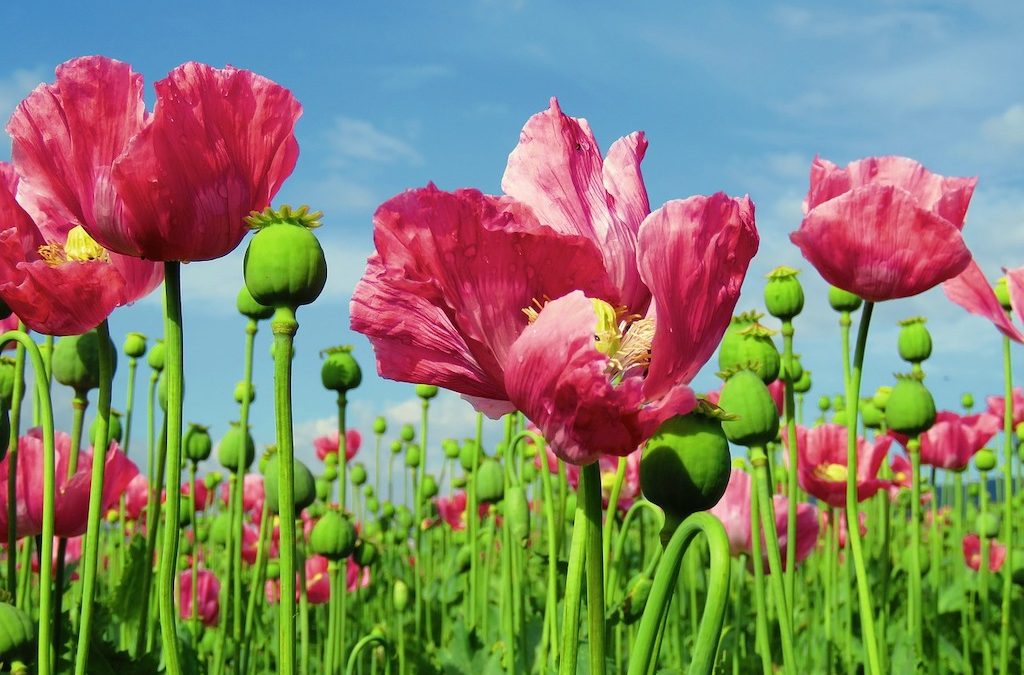

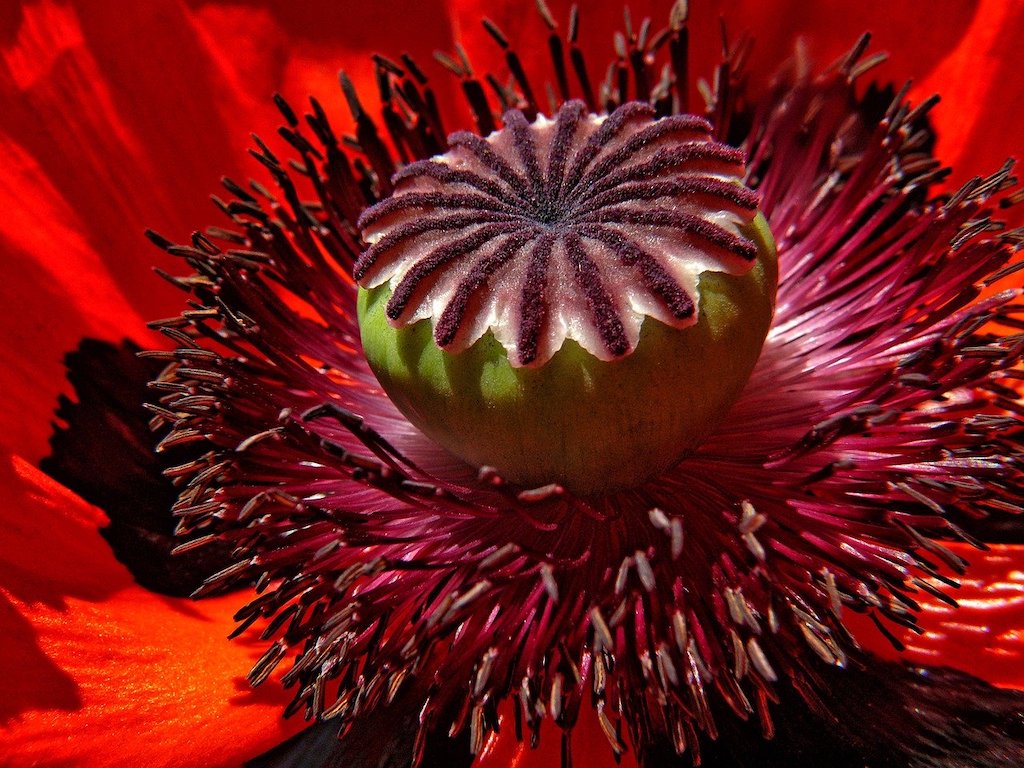
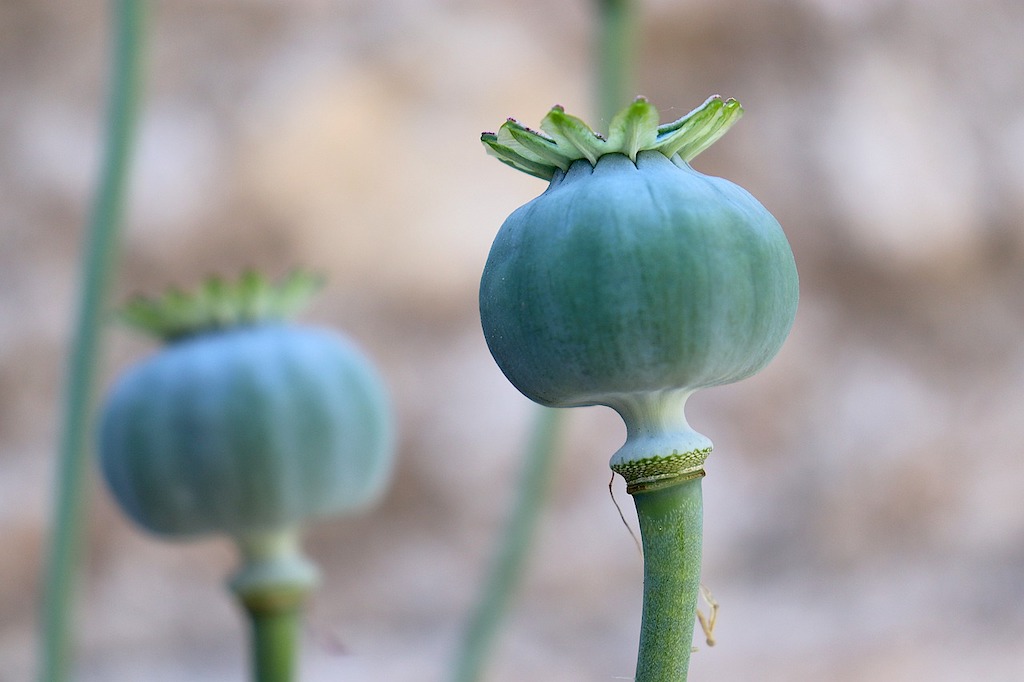

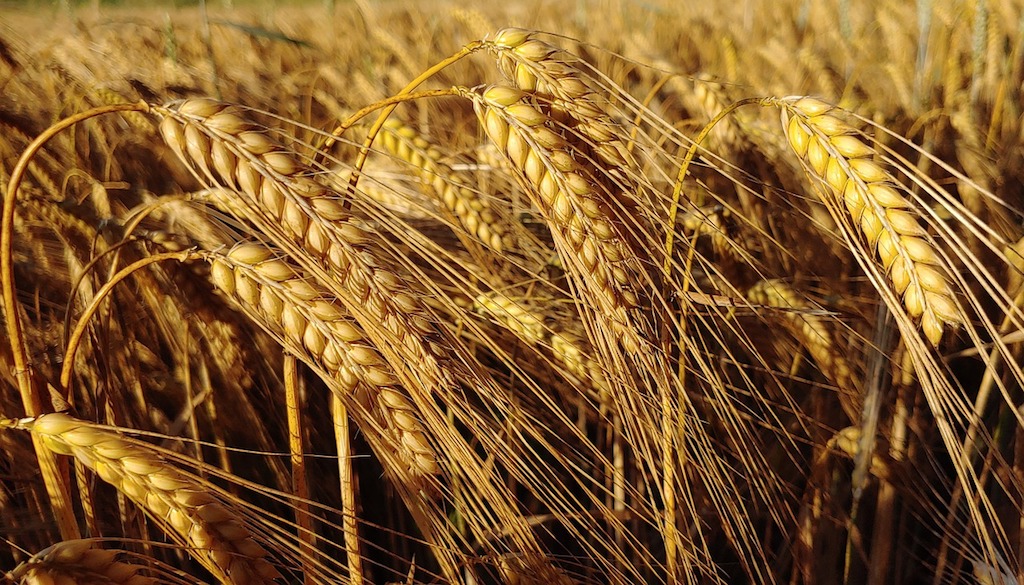
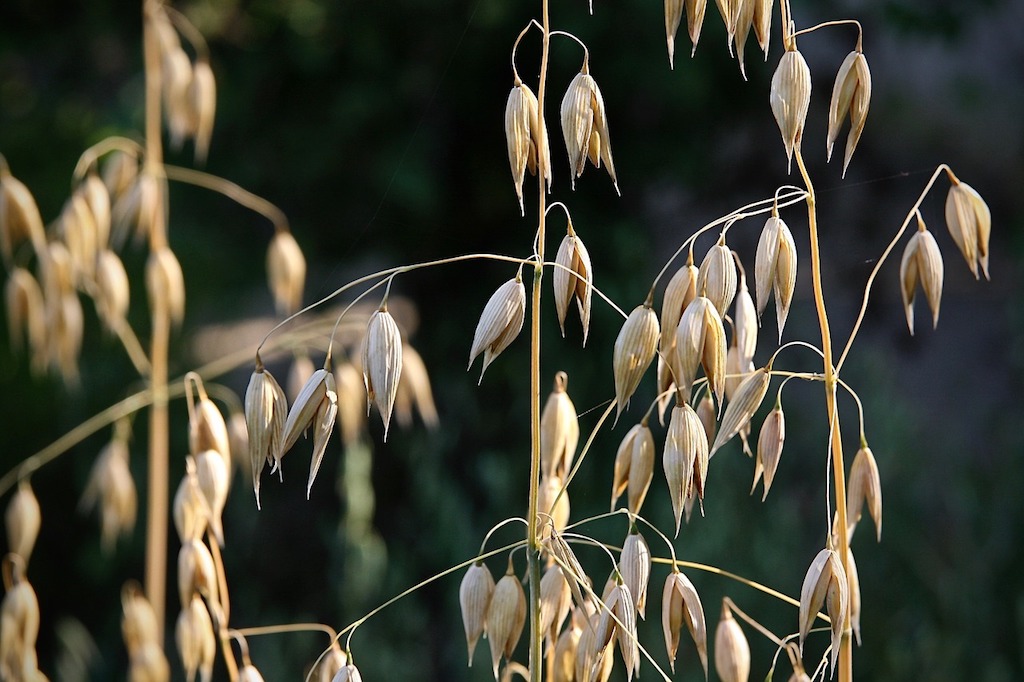
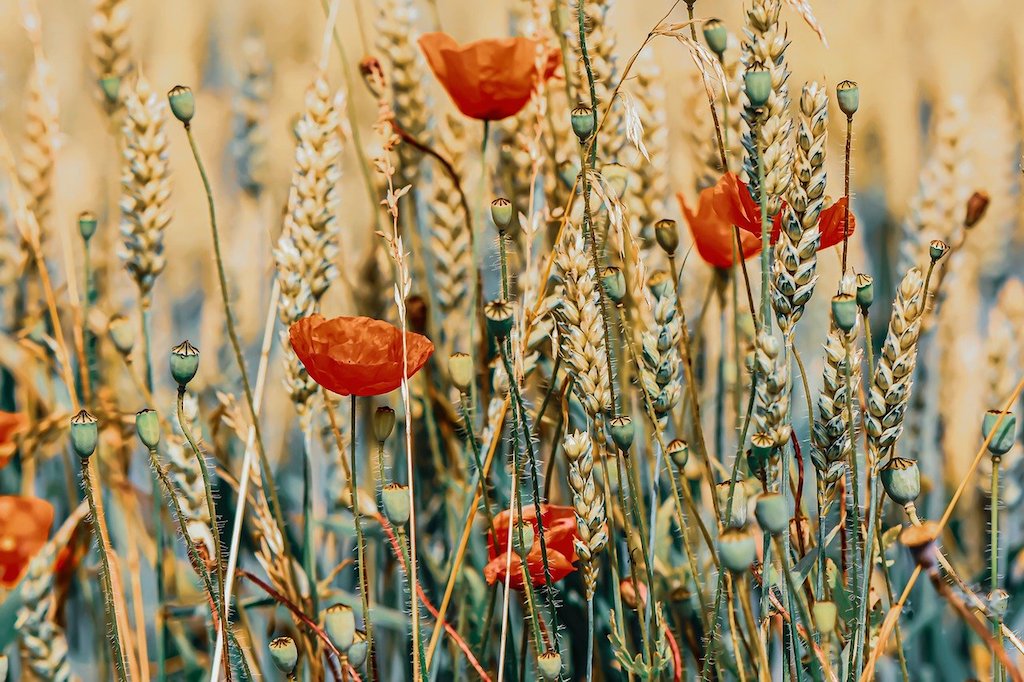



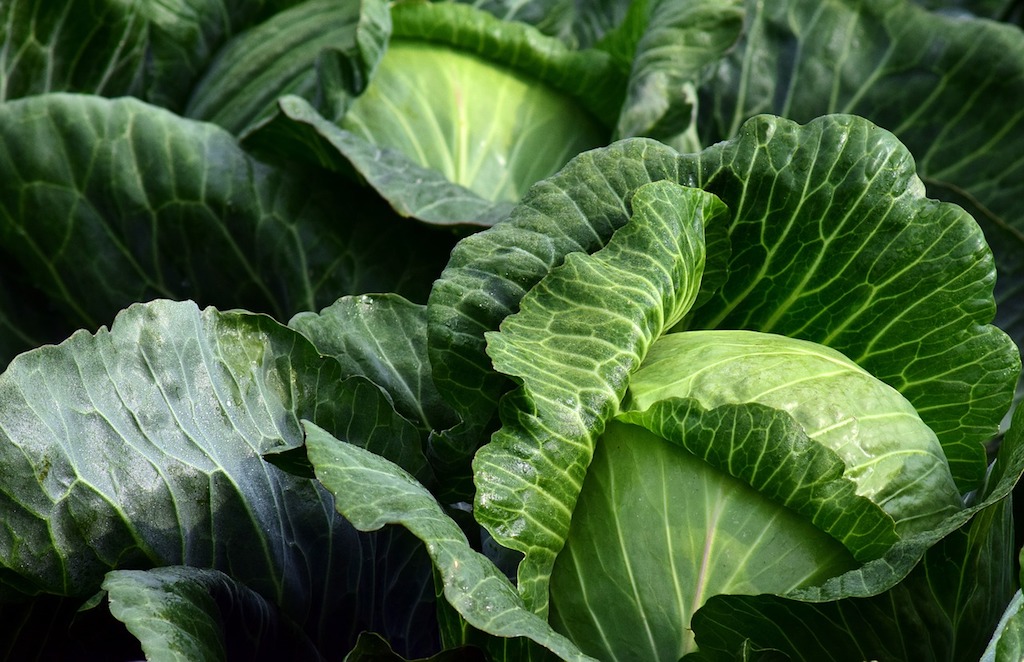
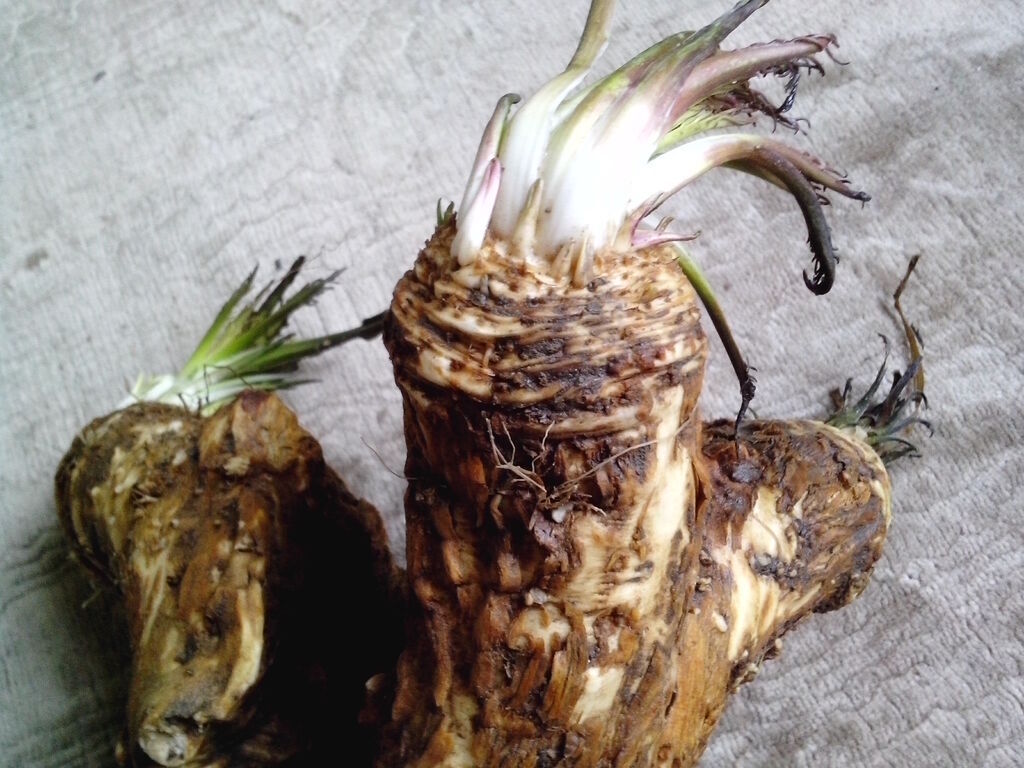




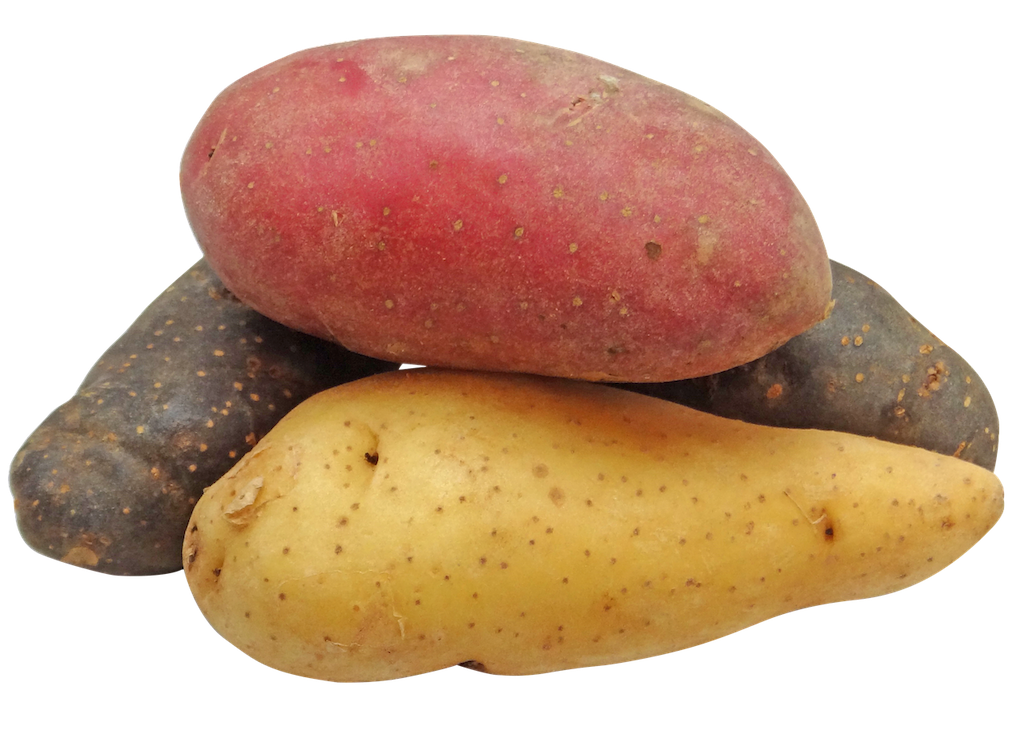


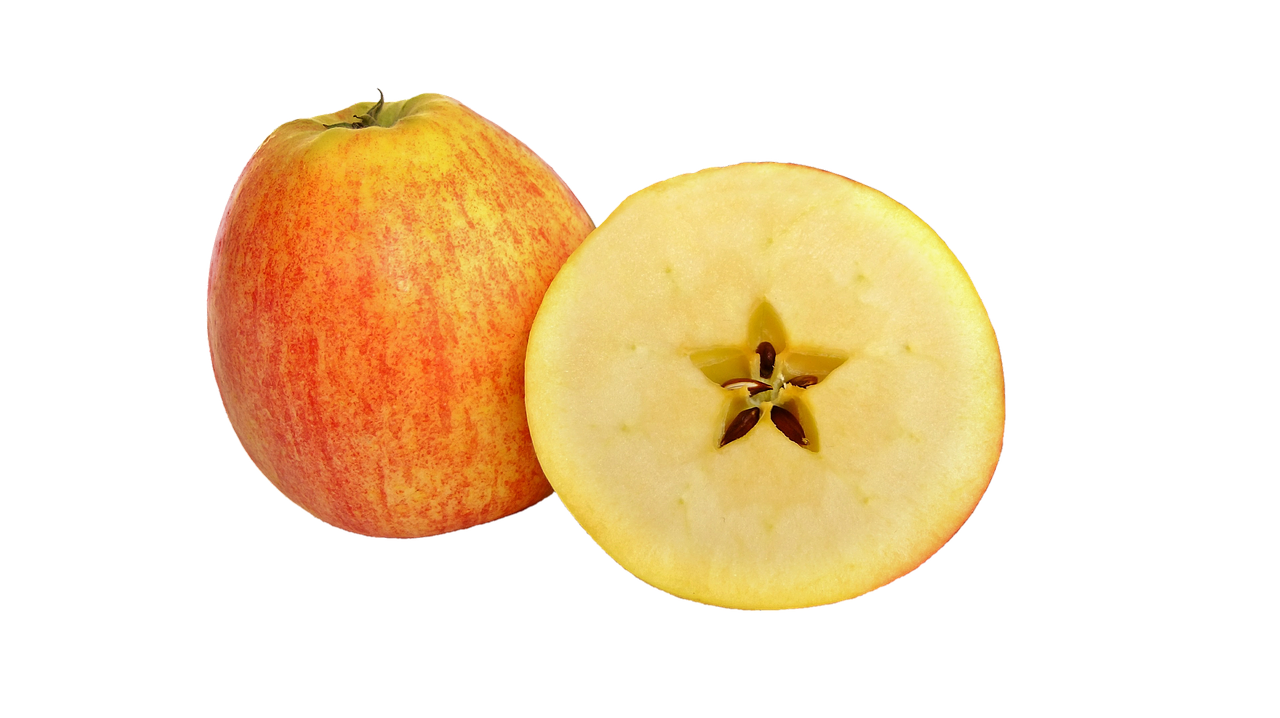

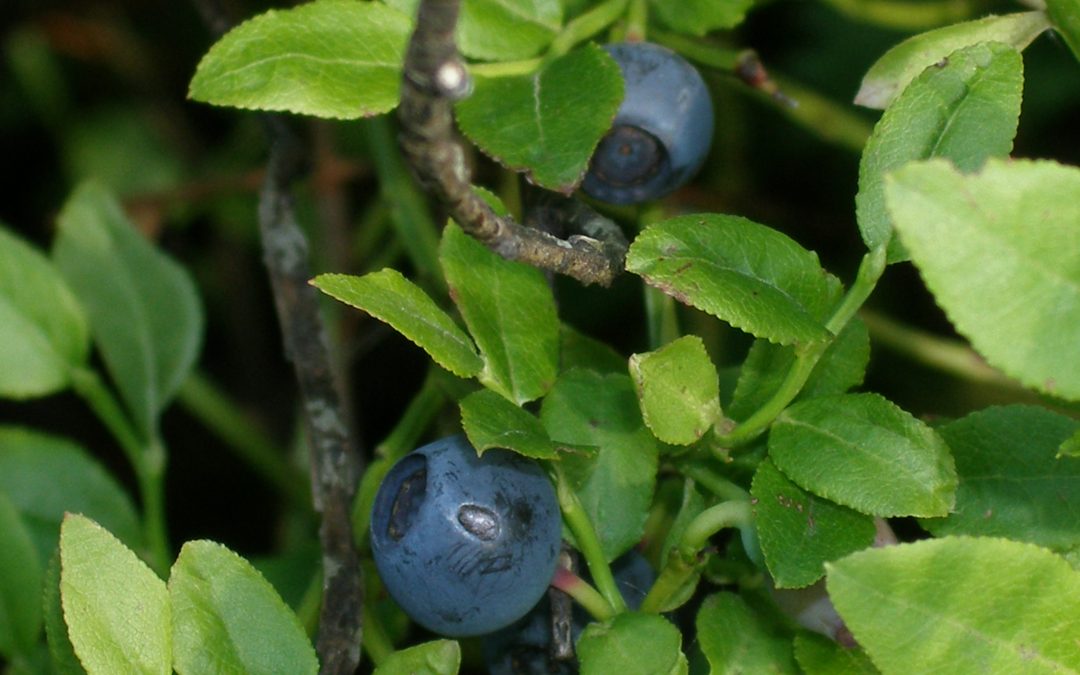
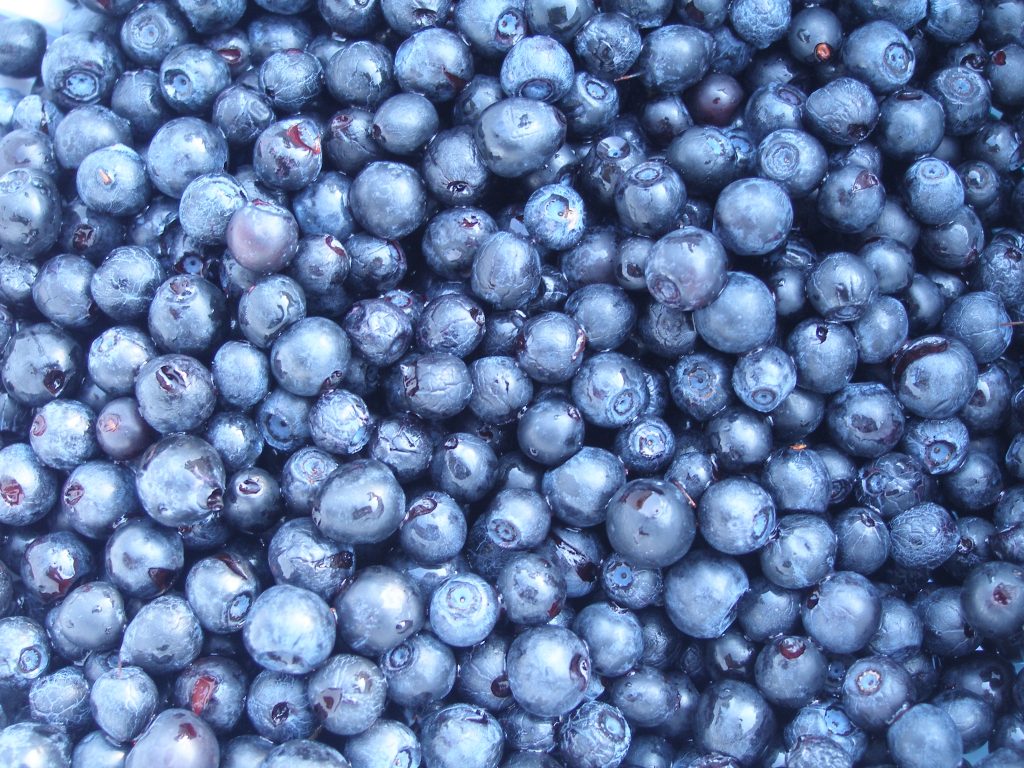


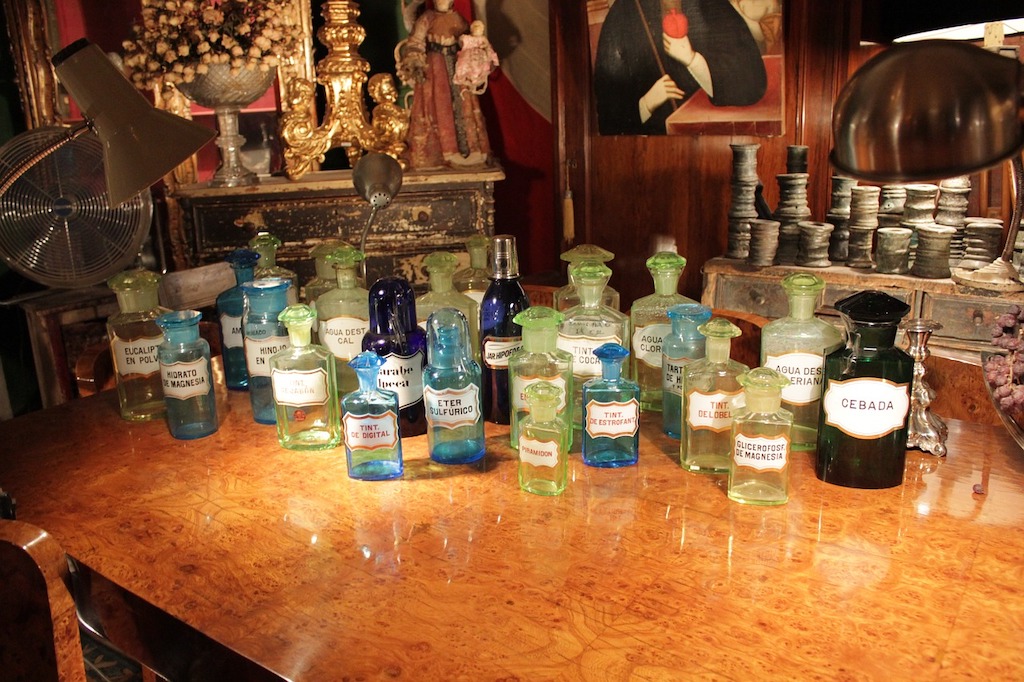
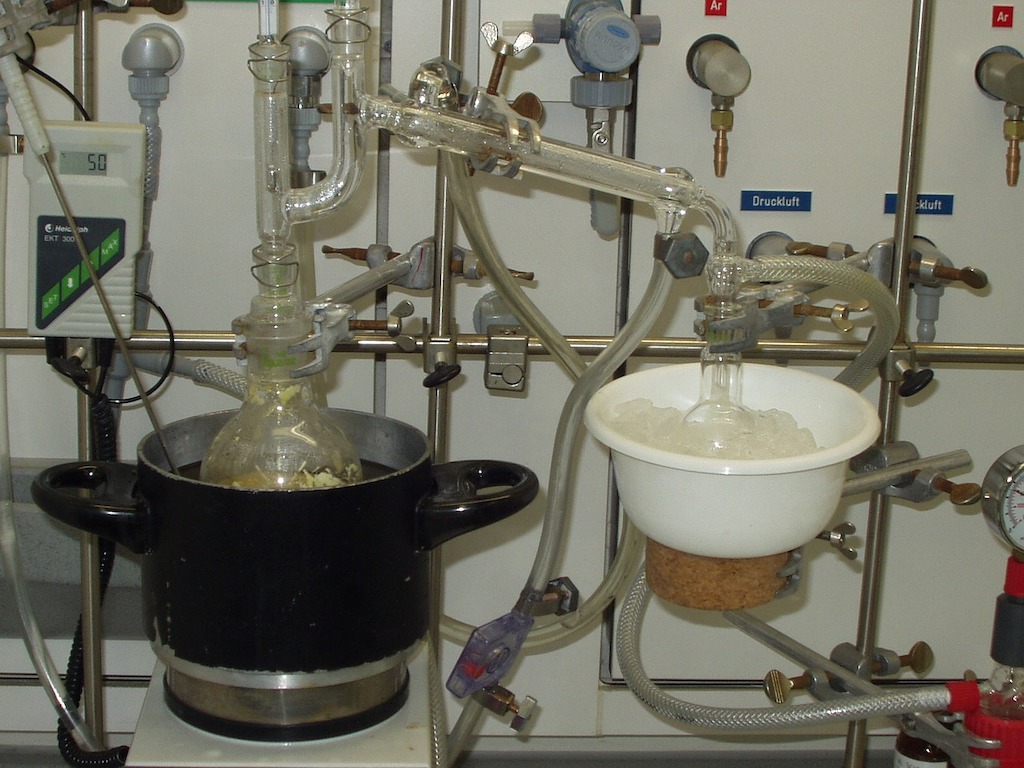
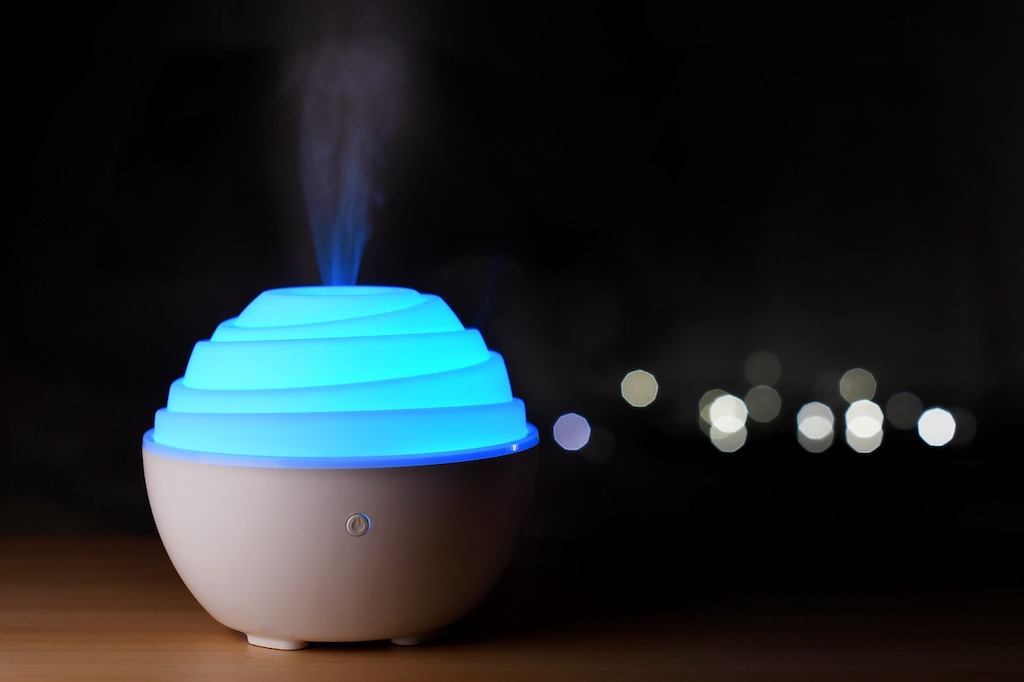
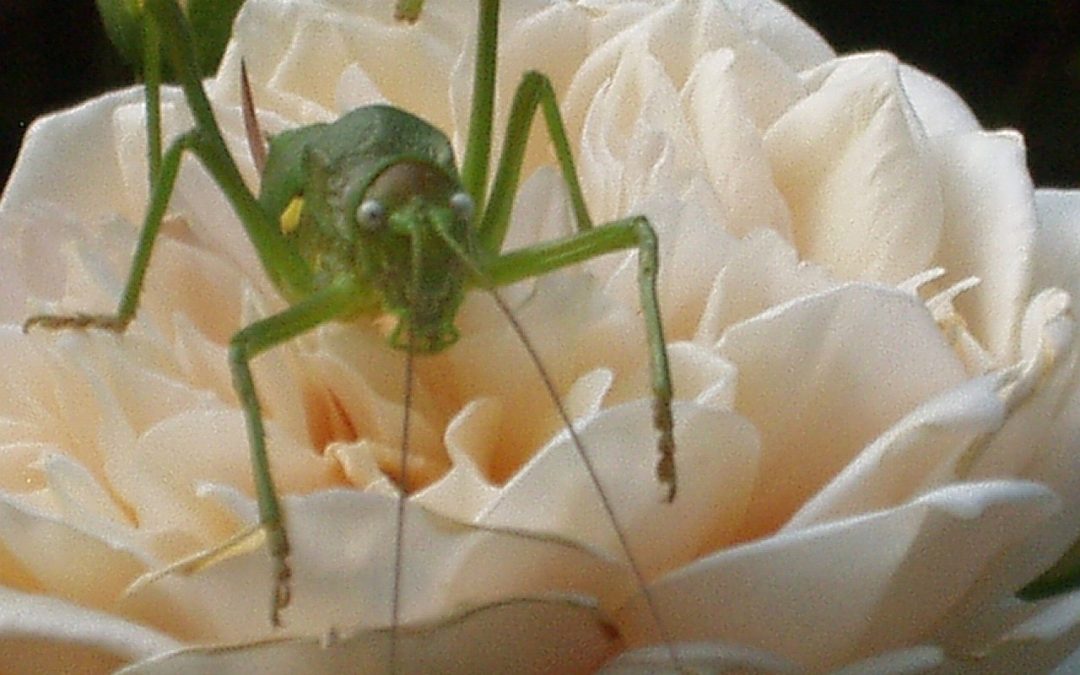
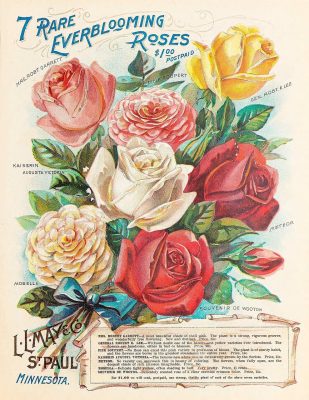 History & Mythology
History & Mythology